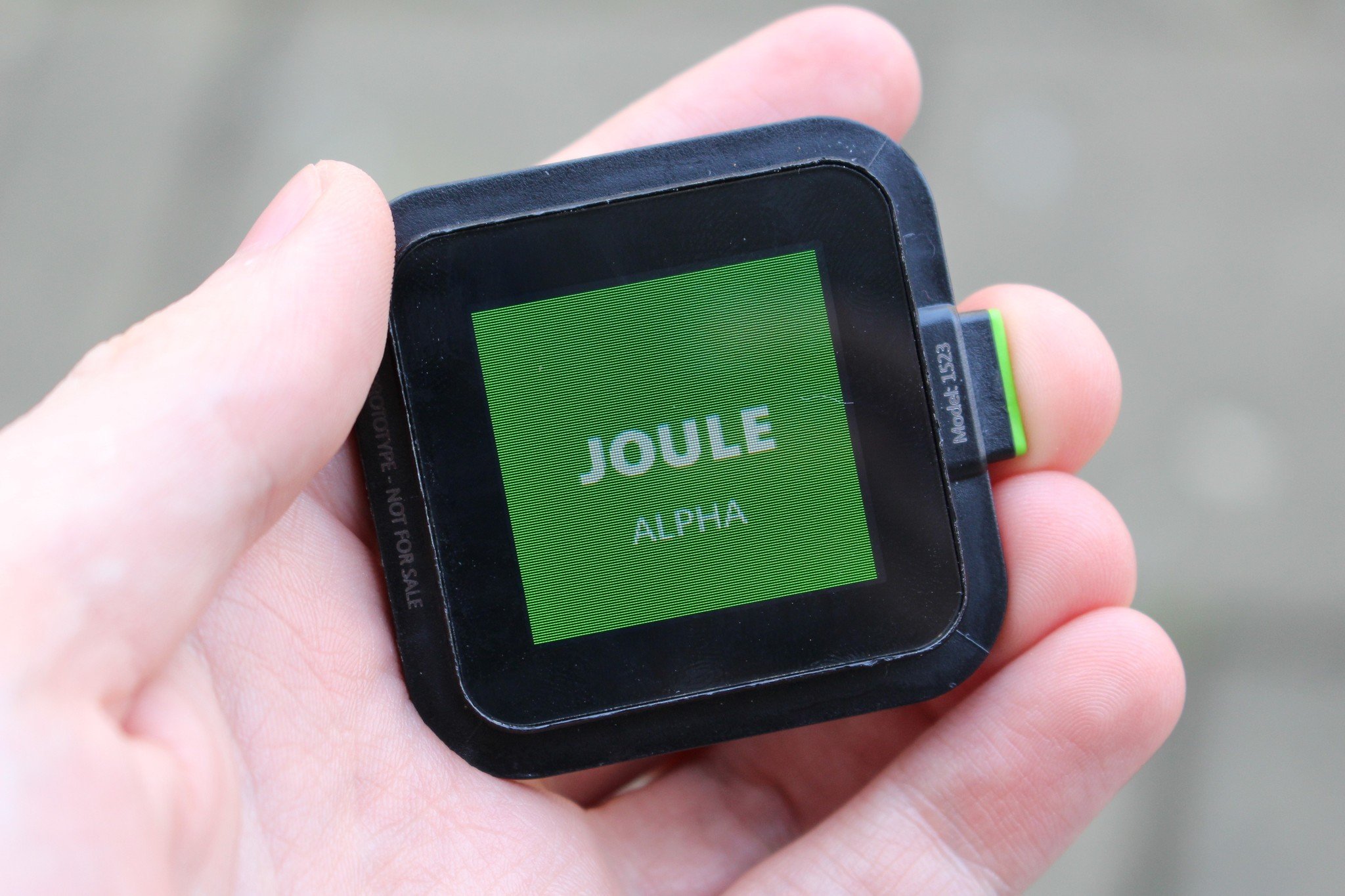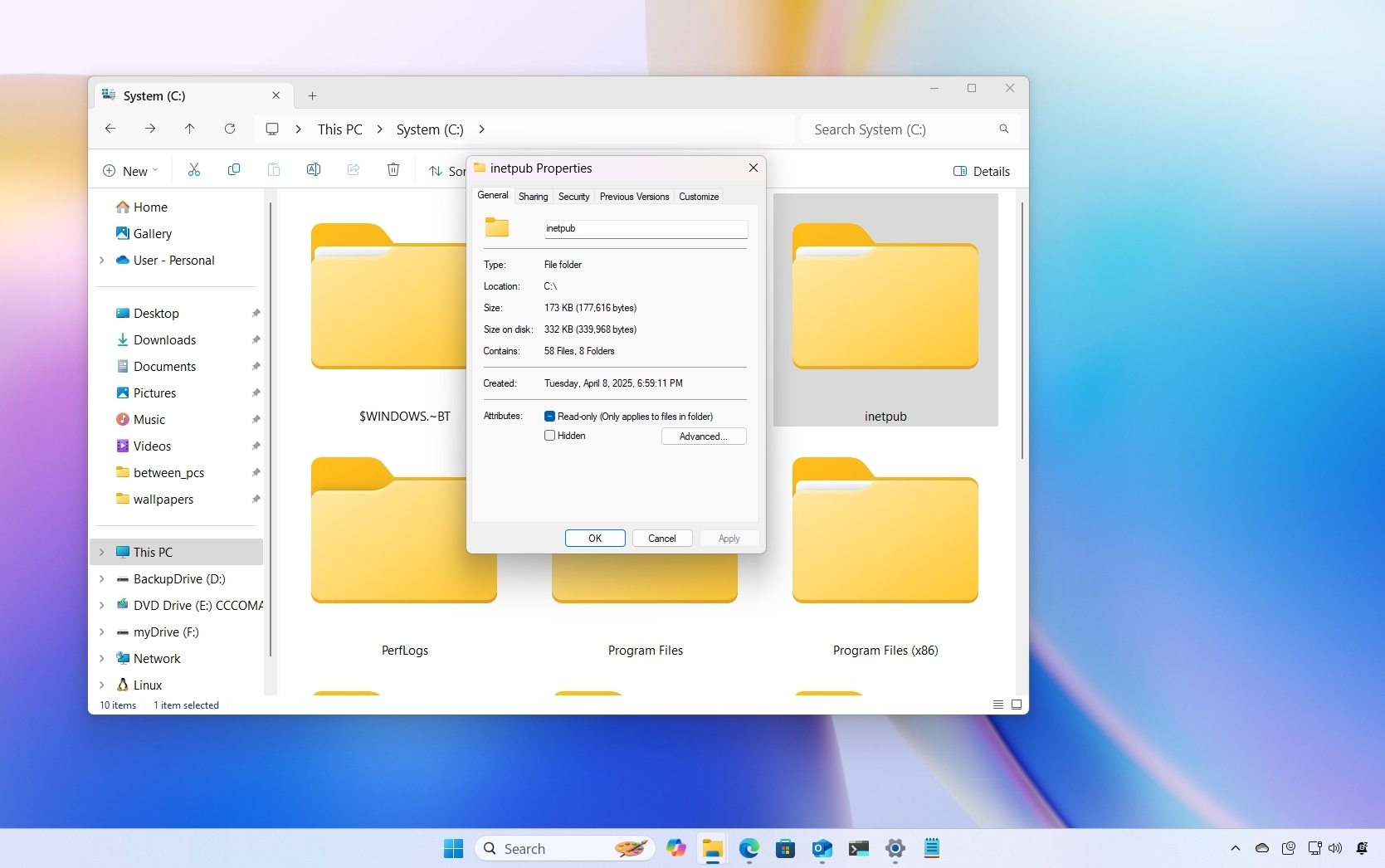Before the Microsoft Band, a small team within Microsoft was developing an Xbox accessory that was internally referred to as "Joule" (pronounced jewel). Much like the Microsoft Band, Joule was going to primarily be a fitness accessory but with one stand-out difference: it was tied to Xbox. Paired with the Microsoft Kinect, Joule was going to be able to track gamers' exercise while playing Kinect-based games and then show simple fitness data like heart rate and distance traveled via Kinect PlayFit.
We got our hands on an early Xbox Joule prototype, which gives us our best look yet at what Microsoft was planning for its first fitness wearable. This device is early and is running software that was never finished, so our prototype likely doesn't include the full feature set that Microsoft originally intended. But here's what we know about the now-defunct Xbox fitness wearable.
Xbox Joule design and hardware
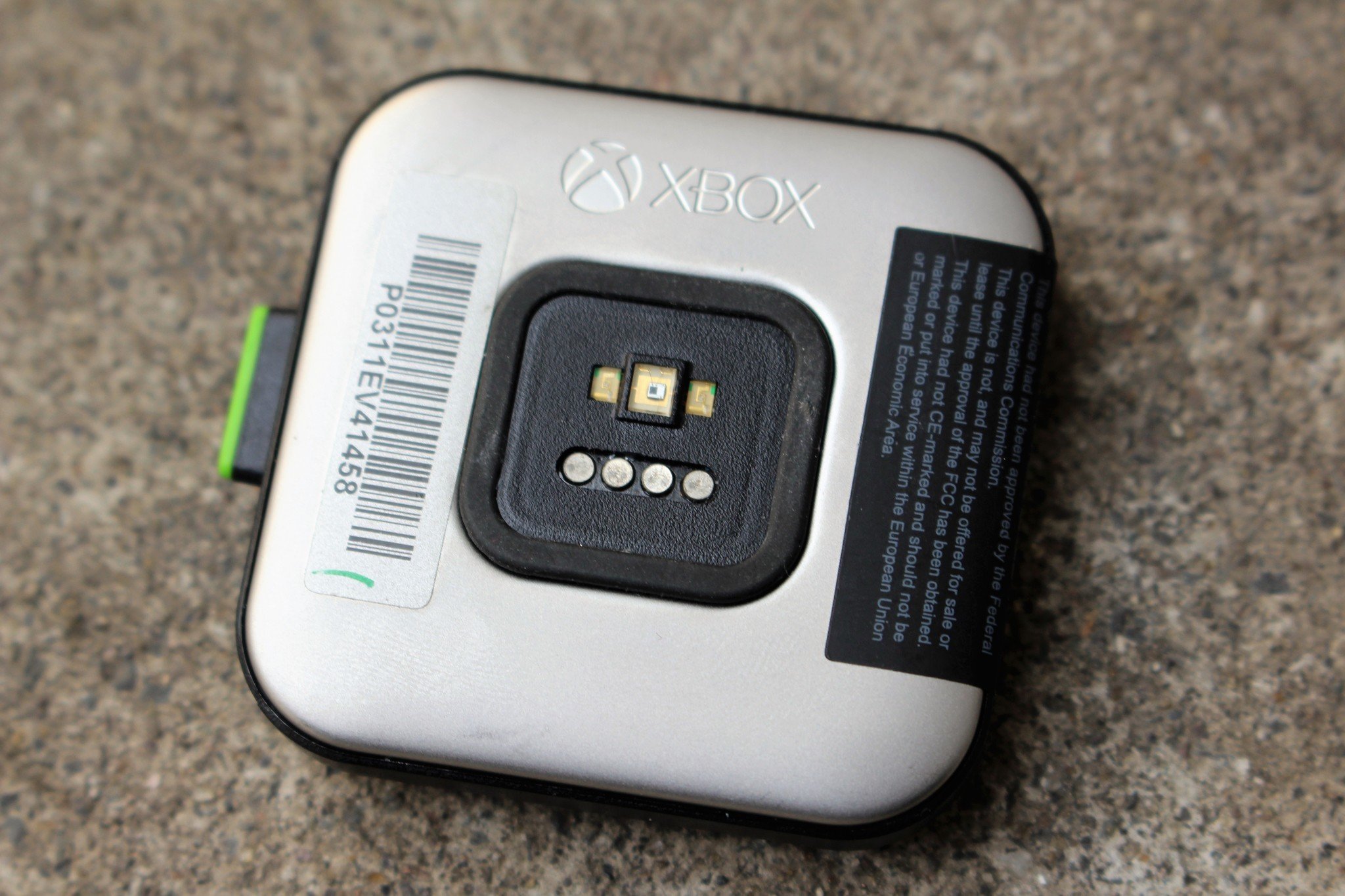
Going off what our prototype looks like, the Xbox Joule was going to be a beefy wearable that wrapped around your wrist. It features a 1.5-inch screen on a 2.25-inch plastic body (measured diagonally), and a silver-colored back os where the heart-rate sensor and charging connector are located.
Judging by the way this wearable is designed, Joule was going to feature interchangeable bands, as it features a rim where bands could clip in. Unfortunately, we were unable to find anyone with compatible bands that were supposed to go with the wearable.
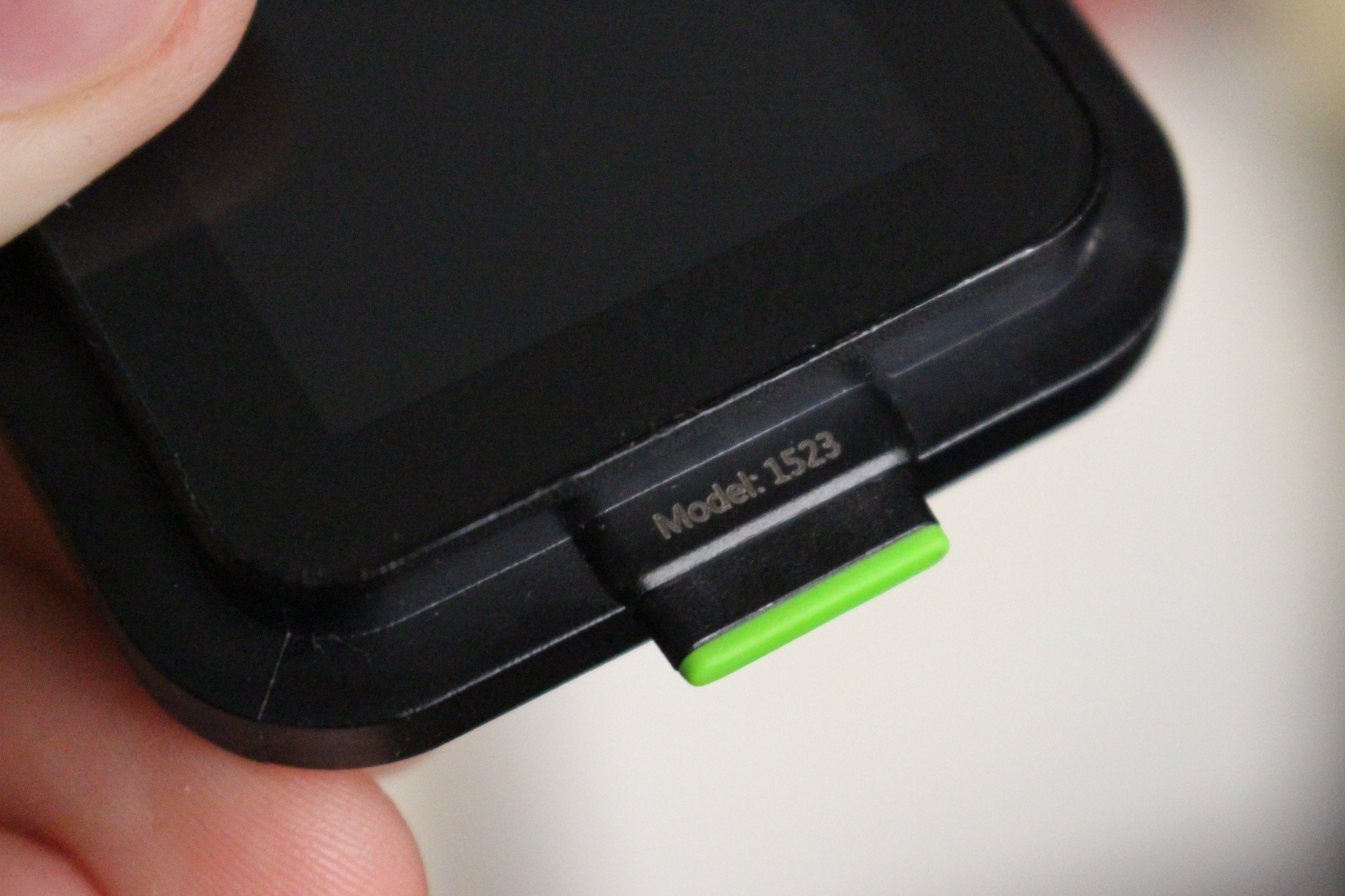
Our unit features one green button on the right that acted as a power and wake button. Everything else is operated with the touchscreen. This prototype features a screen with a super low-resolution. You can see pixels, and it doesn't look good. It's not an OLED screen, either, meaning blacks aren't deep. The screen looks bad.
There's nothing really premium about this wearable. It doesn't look or feel very good, and it seems like a wearable that you'd have only really put on for when you were in front of your Xbox. It's definitely bulkier than any fitness wearables on the market today. At the same time, the Xbox Joule predates things like the Apple Watch and Fitbit Charge. And this is just a prototype, so other aesthetic changes could have been made.
Xbox Joule software and features
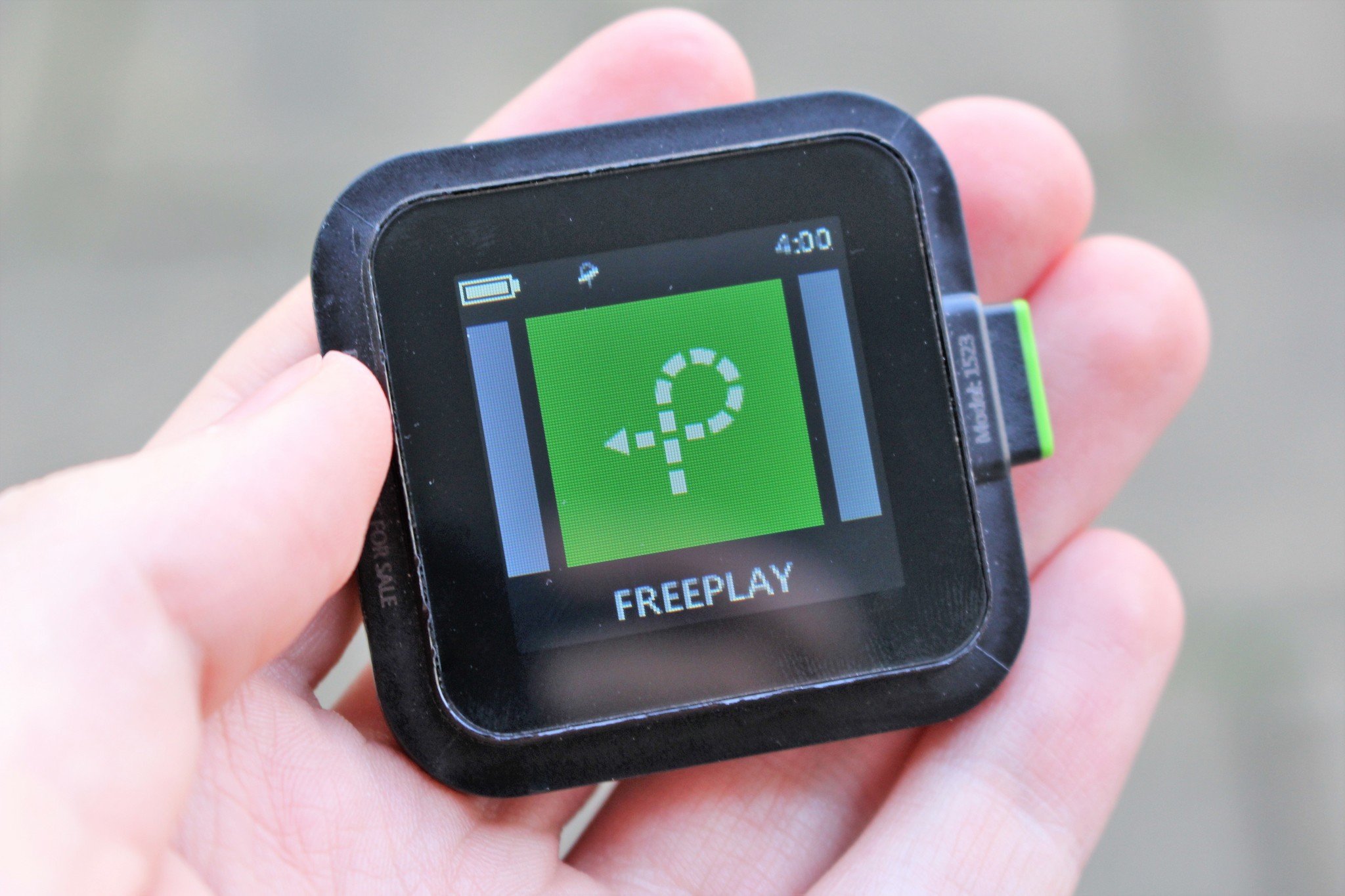
Because Joule was never finished, the software running on our prototype is of an alpha state. The software UI uses square icons, similar to the Live tiles on a Windows Phone, except these aren't "live" in any way. They're static green icons that you can swipe between and tap on.
There are only three apps, one of which doesn't appear to work: Workouts, Free Play, and Settings. Workouts doesn't work on our device, but it would've likely had set challenges and goals within Kinect-based games. If achieved, the gamer would have likely unlocked an achievement.
Free Play appears to track data without needing to be playing any games. This means you can go for a run or walk, and it'll track that data and upload it to Kinect Play Fit, where you can compare with your Xbox Live Friends. The wearable appears to be able to pair with a smartphone via Bluetooth, so perhaps there was an app in the works for smartphones.
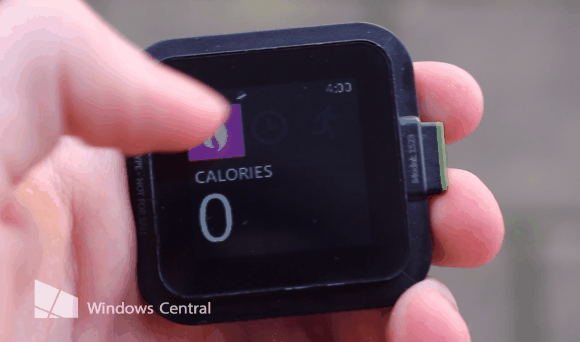
Free Play tracks calories burned, heart rate, duration of "free play," and distance. You swipe left or right between each bit of data to see it updating live. The software is gesture-based; a swipe down is contextual and will change depending what app you're in. For example, in the Free Play app, swiping down invokes a menu that allows you to end the current session. When not in an app, swiping down reveals the time, date and battery life.
The Settings app is barebones. Our unit only has two options: brightness and about. Brightness lets you change the brightness.. About gives you info such as software version, your gender, height, weight and more. None of this appears to be configurable on-device.
Xbox 360 Kinect PlayFit
Microsoft launched its PlayFit service on the Xbox 360, but without the Joule accessory. It used Kinect, and users could track calories lost when playing Kinect-based games. The original idea for PlayFit was to track more data than just calories, which is why the Joule wearable was in the works. Kinect couldn't track data like heart rate or distance, and couldn't track you when away from your Xbox.
It looks like Microsoft was planning to build a fitness network where you could compete with your Xbox Live friends, and that idea did come to life, albeit without the added additional data tracking that was possible with a wearable. With Joule, Microsoft could've extended things like Xbox achievements into the real world. Walk 10,000 steps in a day for 10 Gamerscore, for example.
What happened to Xbox Joule?
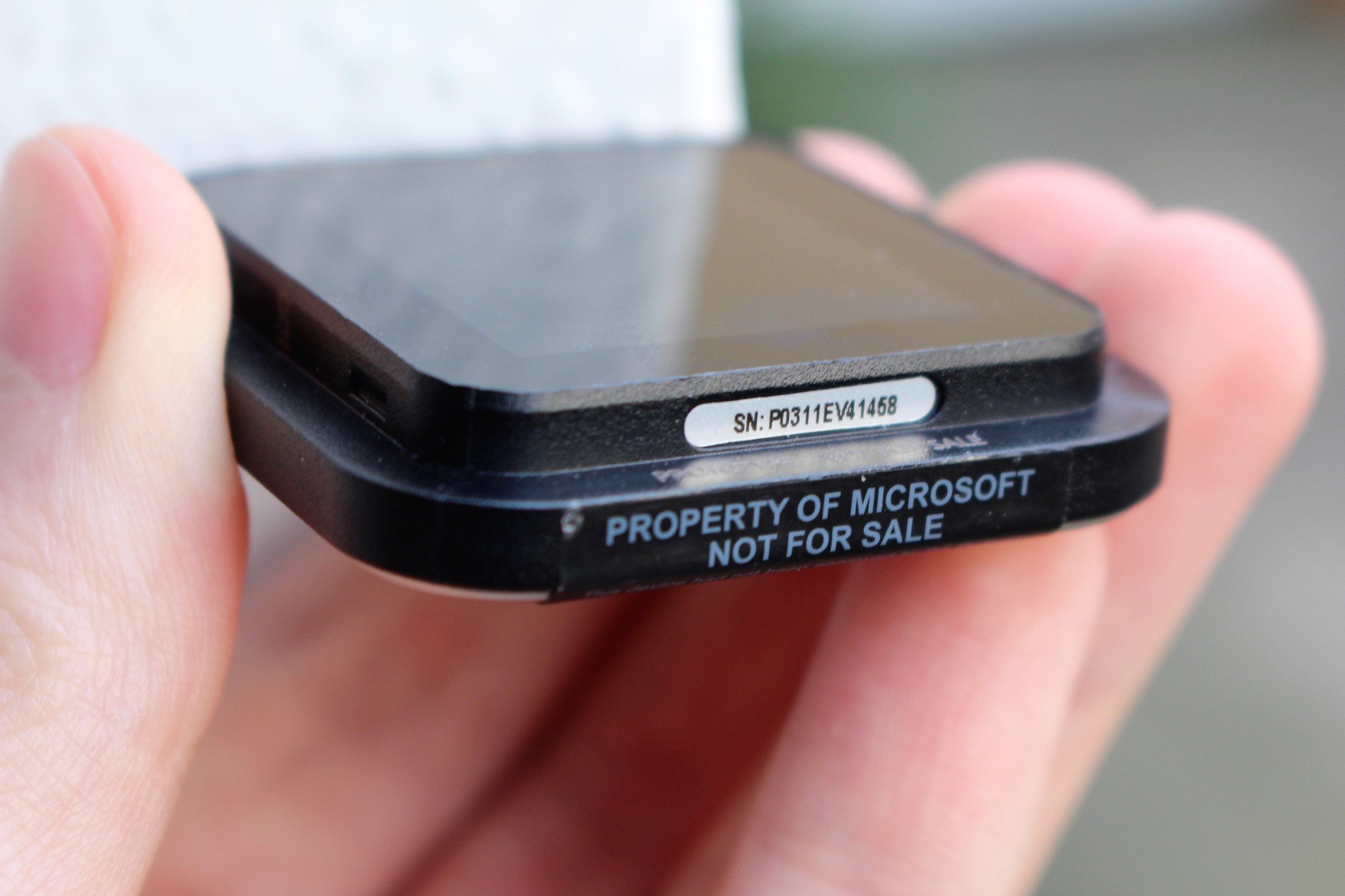
So why exactly was Joule canceled? If I had to speculate, I'd say the wearable was killed because it was targeting the wrong demographic and didn't stand out as an accessory worth manufacturing. At the time, gamers weren't warming to the Kinect anyway, and encouraging them to keep fit likely wasn't going to prove successful.
As such, the team behind Joule was put to work on a product that would eventually be known as the Microsoft Band. Released in 2014, the Band included all the things the Joule did, including tracking data like heart rate, calories lost, and distance traveled. The Band was a more refined idea for a fitness wearable.
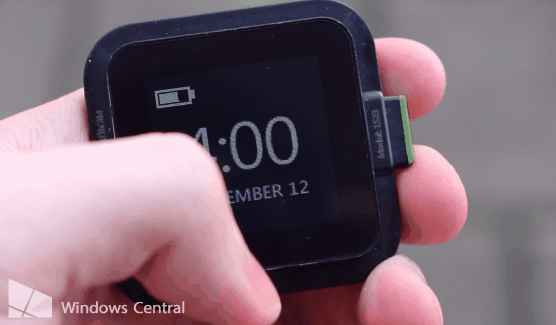
Unfortunately, the Band didn't have any Xbox tie-ins and was more aimed at those looking to keep fit rather than gamers. The Band was killed a couple of years later, likely due to durability issues that the company was unable to fix.
That ends the story of the Microsoft wearable ... for now, at least.

